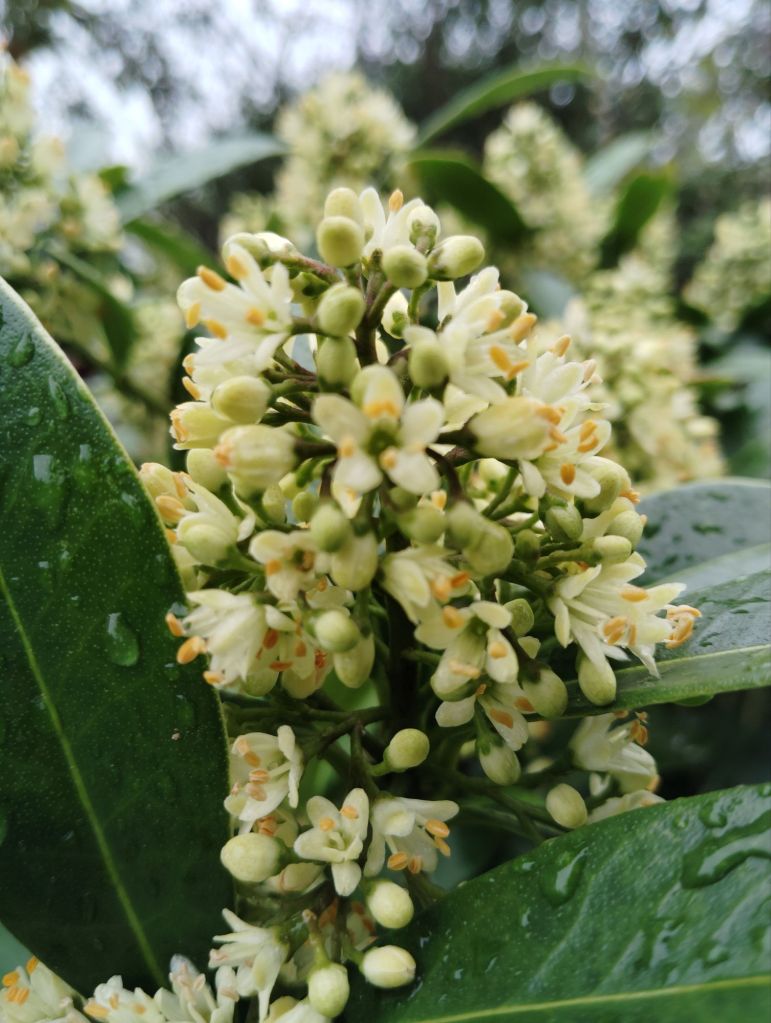
Kew Green Skimmia
Superbly scented cream blooms in Spring.
Plant Profile: Skimmia x confusa ‘Kew Green’
1. Common Name: Kew Green Skimmia
2. Scientific Name: Skimmia x confusa ‘Kew Green’
3. Family: Rutaceae (Citrus family)
4. Plant Type: Evergreen shrub
5. Native Range: China
6. Zone Adaptability:
- USDA Hardiness Zones: 6-9
- RHS Hardiness Zones: H6-H8
7. Ideal Conditions:
- Partial shade to full shade
- Well-drained soil
- Moderate water requirements
8. Size:
- Height: 3-4 feet (0.9-1.2 meters)
- Spread: 3-4 feet (0.9-1.2 meters)
9. Growth Rate: Slow
10. Bloom Time: Spring
11. Bloom Description:
- Small, fragrant, white flowers
- Borne in clusters at the ends of branches
12. Leaf Description:
- Dark green, glossy leaves
- Elliptic in shape
- Leathery texture
13. Uses in Landscaping:
- Foundation plantings
- Borders
- Woodland gardens
- Containers
14. Maintenance:
- Prune after flowering to maintain shape
- Water regularly during dry spells
- Fertilize in spring with a balanced fertilizer
15. Pests/Diseases:
- Generally pest and disease-free
16. Other Features:
- Shade tolerant
- Fragrant flowers
17. Propagating:
- Can be propagated from stem cuttings
18. Availability:
- Widely available at garden centers and nurseries
19. Pollinators:
- Attracts bees and butterflies




I have always loved this Skimmia from the first time I smelled its heavy fragrance and admired its big clusters of cream coloured blooms, that was over 25 years ago. I have included it in every garden that I have ever had, including a period of time when I was renting an apartment, there I grew it in a container.
It is often said that Skimmia requires acidic soil, this is a myth. We have quite alkaline soil, and in every garden that I have had it, and it is not bothered by the presence of lime in the soil.
They do appreciate shade, and I have Skimmia x confusa ‘Kew Green’ in a west facing aspect and shaded from the south by larger shrubs such as Prostanthera rotundifolia and Daphne ‘Spring Herald’.
This Spring it is blooming fabulously, in the past two years since planting it has always flowered but not to its full potential or my expectation, but this year it is superb.
The blooms of this intergeneric hybrid are bigger than S. japonica, it is male variety, therefore it does not produce berries.
The fragrant cream blooms held in large conical clusters above fresh evergreen clusters are a joy in April, a plant I would never want to be without.
